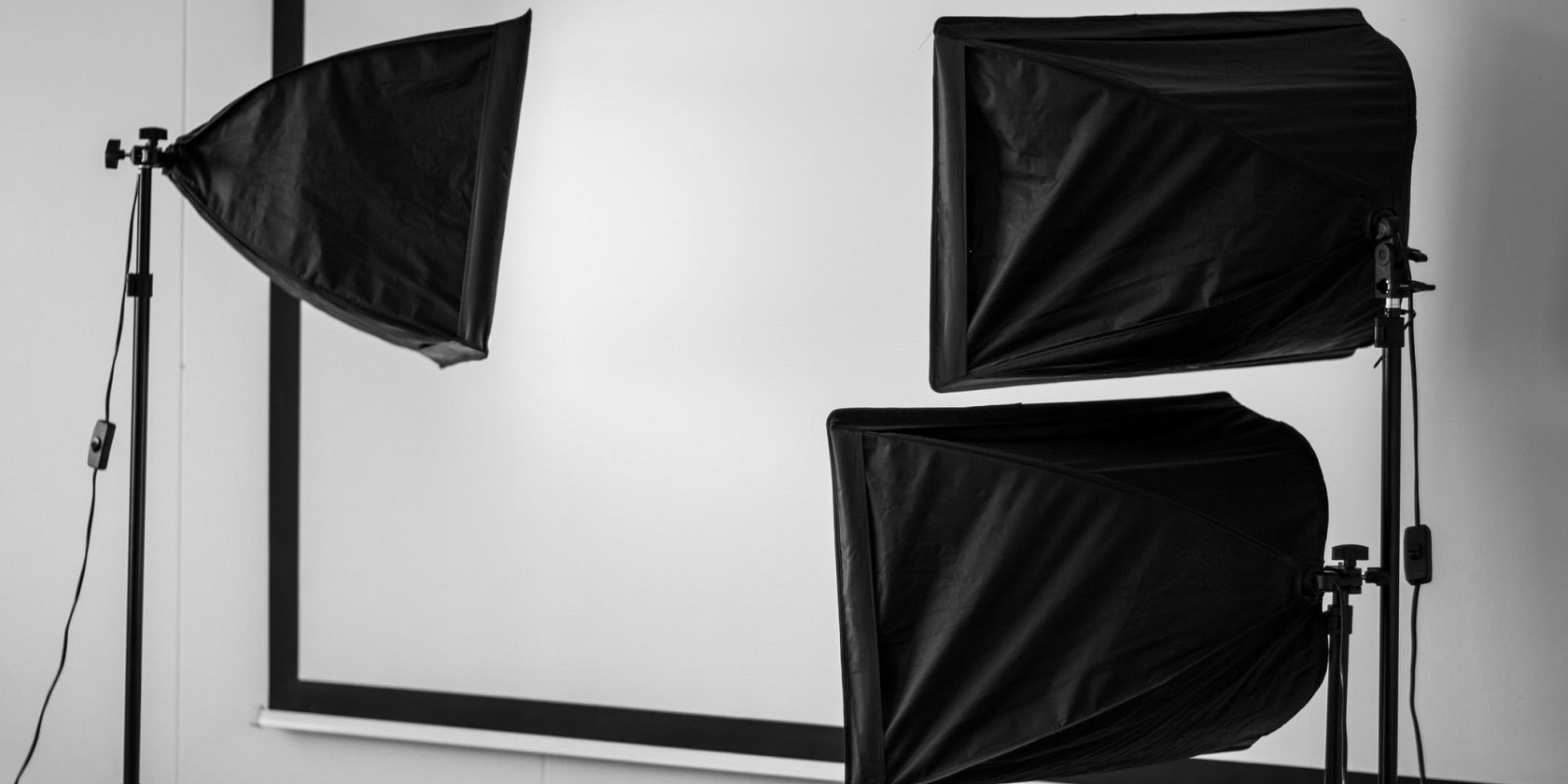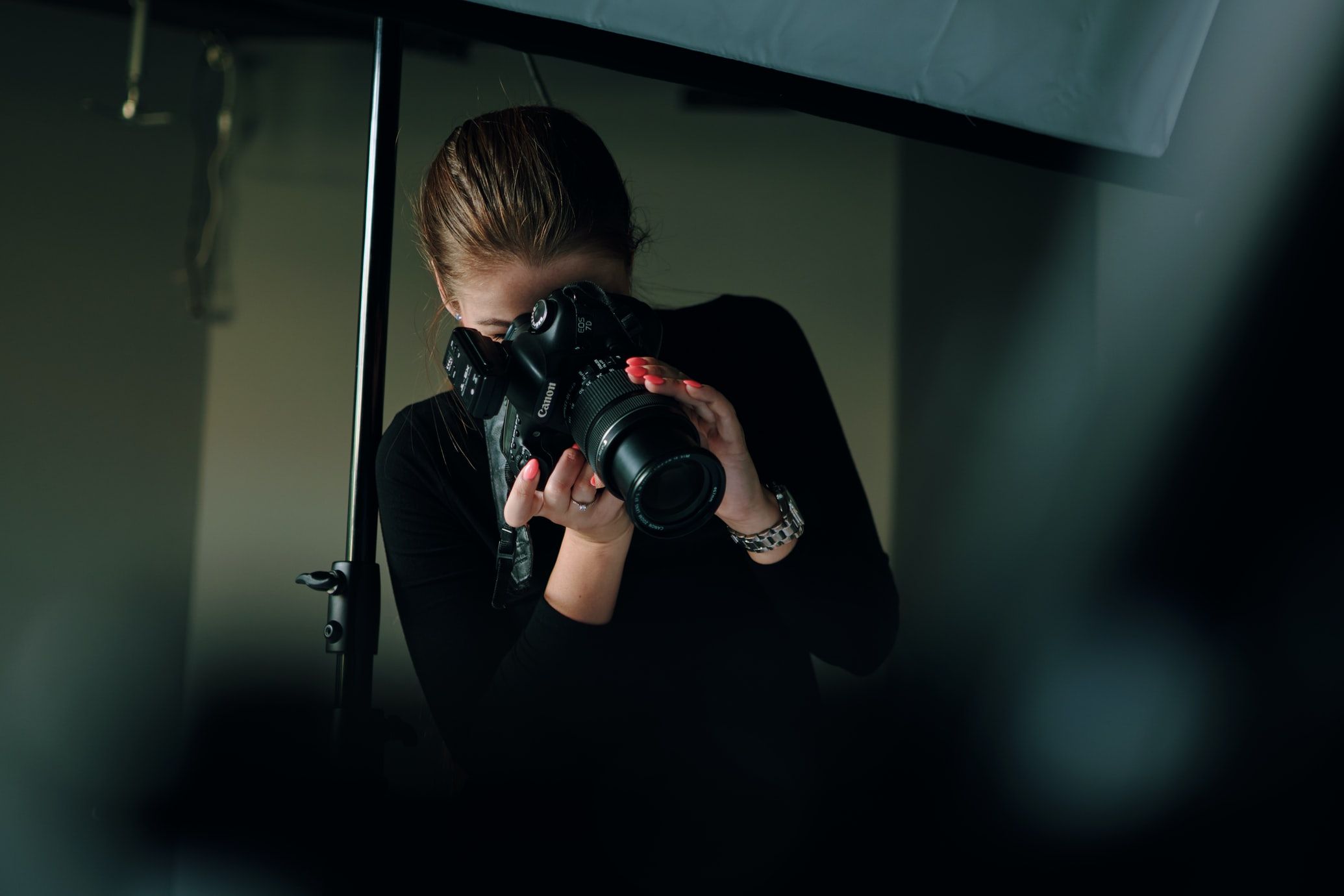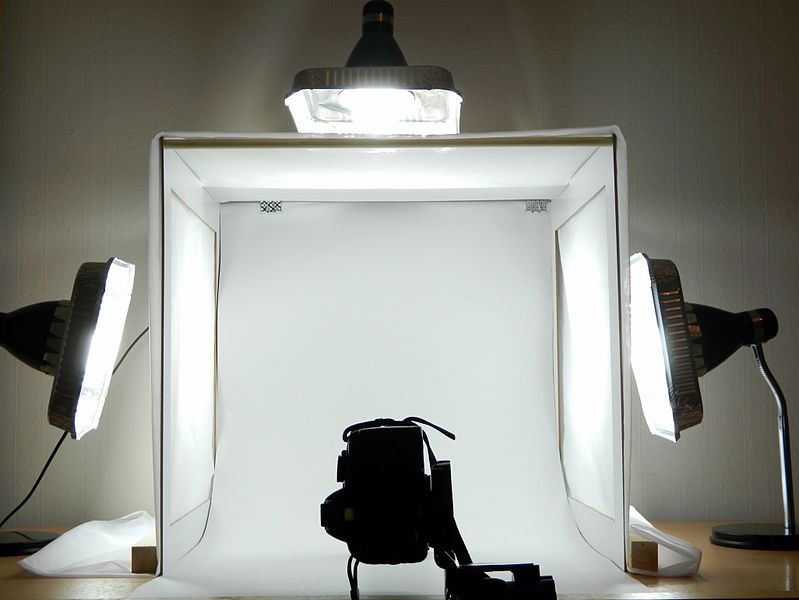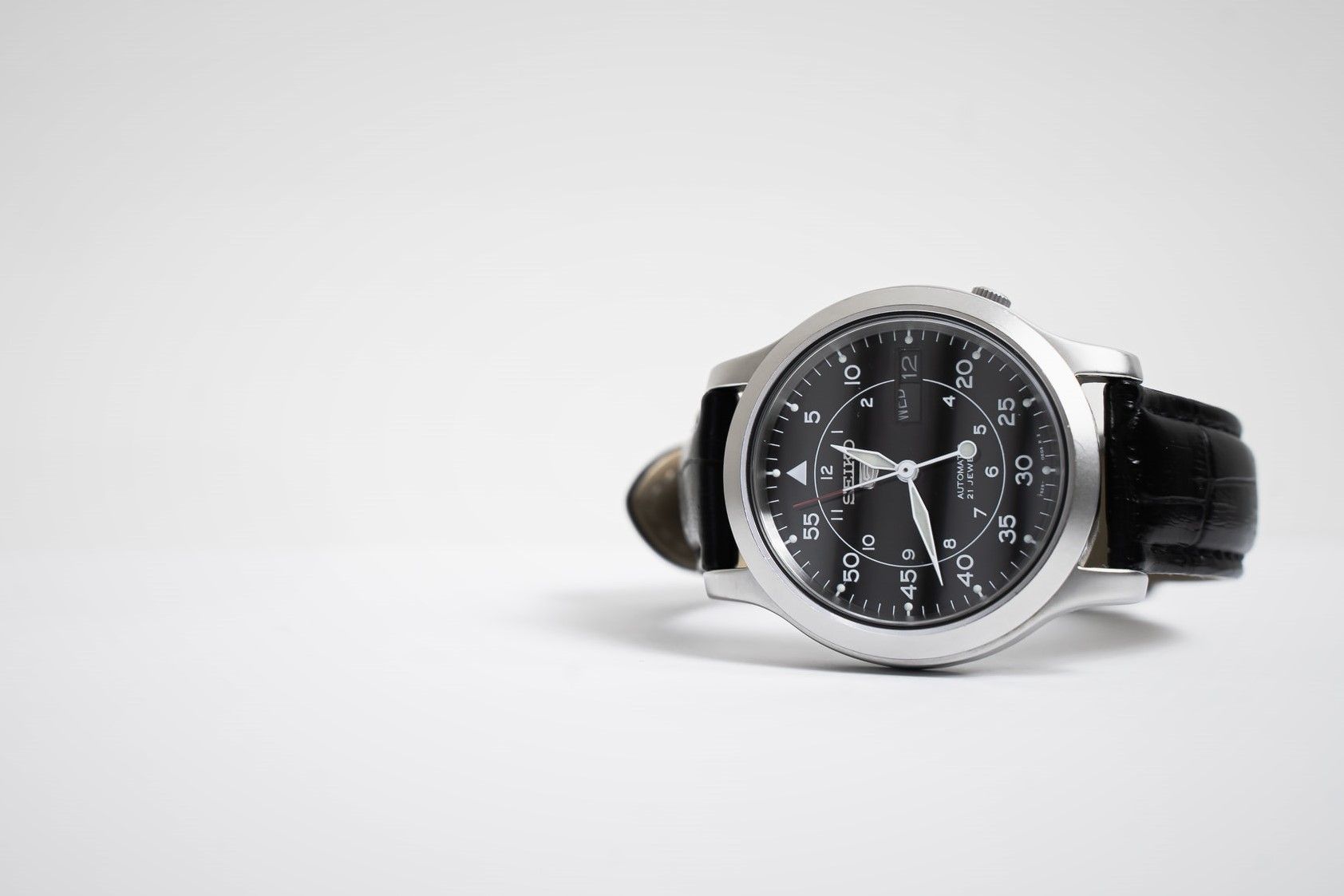You've probably seen countless images that were shot using light box photography without realizing it. Those skincare products you see being advertised on Instagram? Ever wondered how they get such clean and clear shots of the items? Perhaps you thought it was a green screen or special effects.
Nope. A lot of those images were shot using real-life techniques. So how do they do it?
We're going to answer this mystery by exploring what light box photography is and how it works.
What Is Light Box Photography?
Light box photography is a photography method that was developed for shooting product images, but photographers can also utilize it for other creative projects.
A light box (or a light tent) is like a mini studio and contains everything needed in a photography setup sans the camera. The conditions of a light box allow photographers to capture high-quality, professional shots of small products such as makeup, food, jewelry, and electronic devices.
As with any piece of equipment, there are different types of light boxes that come in varying sizes and materials with different settings and features. With some research and patience, you can even make your own DIY light box.
Whether you've spent hundreds on a professional light box or managed to build your own with a budget, they all have the same purpose: it allows you to capture every detail of a subject, which is necessary for product advertisements.
This is thanks to the white background inside the box. Keep reading to find out how it works...
How Does Light Box Photography Work?
A light box consists of five sides/panels: the platform, three vertical sides around the platform, and a roof. At the front, there's an opening, allowing you to reach in and position the subject, and ultimately photograph it.
All of the sides, including the platform and roof, consists of a smooth, white material. An item is placed on the platform, and once a light source is introduced into the box, the white surfaces will reflect the light, providing complete coverage of the subject inside.
This is how photographers manage to illuminate products so well.
The light source can either be LED lights that are fixed to the inside of the box (usually the pricier models), or you'll need to use your own lights. Some light box panels are translucent, which means you'll be able to shine a light from the outside or even use natural light by putting the box outside.
As aforementioned, there are many different light box models. Some can be folded for easy packing. Some let you open the panels for flexible angles while shooting. And some even come with colored backdrop sheets.
The Effects of Light Box Photography
So what does all of this achieve and what do the results look like? When shooting a product (or any small item) in a light box, here's what you can expect:
- Illumination: Light box photography is the best way to properly illuminate a subject. The smooth, white surfaces of the box panels will reflect the light to reach nearly every crevice of the subject.
- Even Lighting: Because the light source is coming from every angle at the same strength, every part of the subject will be illuminated to the same degree.
- Controlled Shadows: A light box allows you to control the shadows of the subject. There could be none at all, or you can position the panels and light source to get subtle, soft shadowing.
- Puts the Subject Into Focus: Because there are no background distractions, putting the subject into focus will prove very easy.
- A Clean Slate: The empty area around the subject will result in a simplified editing process, and it also makes it easier to add things like shadows in editing.
When Should You Use Light Box Photography? (And When Shouldn't You?)
As you've probably gathered, light box photography is ideal for shooting smaller, handheld products. But you can utilize this technique for just about anything that you want to shoot with the same end result.
Whatever it is that you want to showcase in detail and put in the spotlight without any distractions, get yourself a light box to do it.
Light box photography is not, however, the best method for dynamic photographs. If you want images with character, depth, range, and multiple elements, you won't get what you're looking for with a light box.
Light It Up
Light box photography is pretty straightforward; all it takes is some light and reflective panels, and you've got yourself a well-lit subject. Next time you see those perfectly illuminated product ads when scrolling through social media, you'll know their secret.




